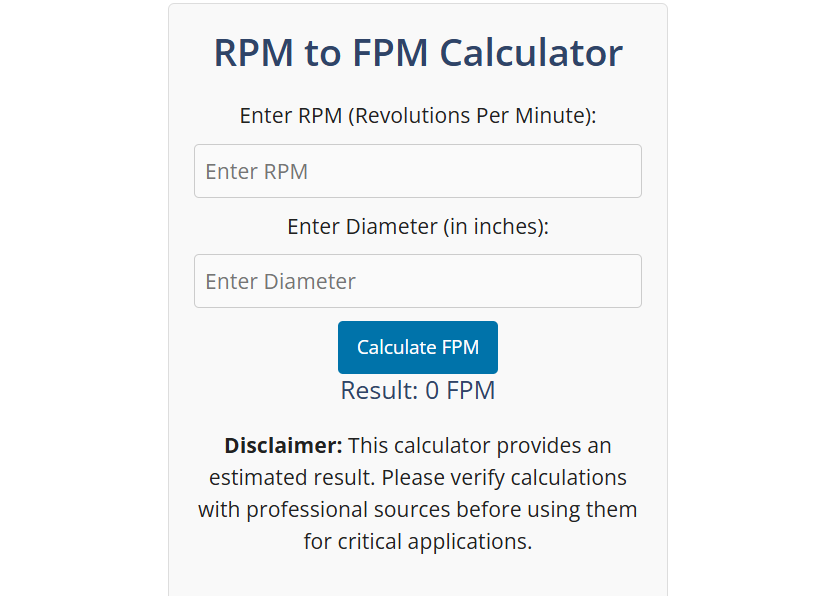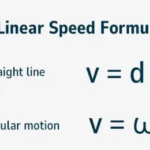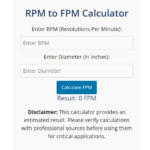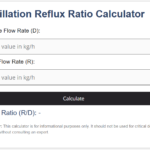RPM to FPM Calculator
Result: 0 FPM
Disclaimer: This calculator provides an estimated result. Please verify calculations with professional sources before using them for critical applications.
Feet Per Minute (FPM) to RPM Calculator: A Comprehensive Guide
Converting between feet per minute (FPM) and revolutions per minute (RPM) is crucial for various industrial, manufacturing, and aviation applications. This comprehensive guide will help you understand the conversion process, provide useful calculators, and explore practical applications.
Understanding the RPM to FPM Relationship
The relationship between RPM and FPM depends on the diameter of the rotating object. Whether you’re working with conveyor belts, machine tools, or aircraft propellers, accurate conversion is essential for proper operation and safety.
RPM to FPM Formula
The basic formula for converting between RPM and FPM is:
FPM = RPM × π × Diameter (in feet)
Or conversely:
RPM = FPM ÷ (π × Diameter)
Common Conversion Examples
1750 RPM to FPM Conversion
1750 RPM is a common motor speed in industrial applications. Here’s how to convert it to FPM:
- For a 1-foot diameter pulley: 1750 × π × 1 = 5,498 FPM
- For a 2-foot diameter pulley: 1750 × π × 2 = 10,996 FPM
100 FPM to RPM Calculation
To convert 100 FPM to RPM, use the following calculations:
- For a 1-foot diameter wheel: 100 ÷ (π × 1) = 31.8 RPM
- For a 0.5-foot diameter wheel: 100 ÷ (π × 0.5) = 63.7 RPM
Practical Applications
Conveyor Feet Per Minute Calculator
For conveyor systems, FPM calculations are essential for:
- Material handling efficiency
- Production line timing
- Quality control
- Energy optimization
Use this formula for conveyors: FPM = RPM × π × Roller Diameter (in feet)
Feet Per Minute Calculator Aviation
In aviation, FPM calculations are critical for:
- Propeller efficiency
- Rate of climb/descent
- Performance monitoring
- Flight planning
Aviation-specific considerations include:
- Air density
- Altitude effects
- Temperature variations
- Propeller pitch
Industry-Specific Tools
RPM to FPM Conversion Chart
For quick reference, here’s a simplified conversion chart (assuming 1-foot diameter):
| RPM | FPM (approximate) |
|---|---|
| 100 | 314 |
| 500 | 1,571 |
| 1000 | 3,142 |
| 1750 | 5,498 |
| 2000 | 6,283 |
Tips for Accurate Measurements
To ensure accurate FPM calculations:
- Measure diameter precisely
- Account for mechanical wear
- Consider environmental factors
- Use calibrated instruments
- Regular maintenance and verification
Conclusion
Understanding the relationship between FPM and RPM is crucial for many technical applications. Whether you’re working in manufacturing, aviation, or other industries, proper conversion ensures optimal performance and safety. Use the provided calculators and formulas to make accurate conversions for your specific needs.
For more precise calculations, consider using dedicated FPM calculators that account for specific industry requirements and environmental factors.








